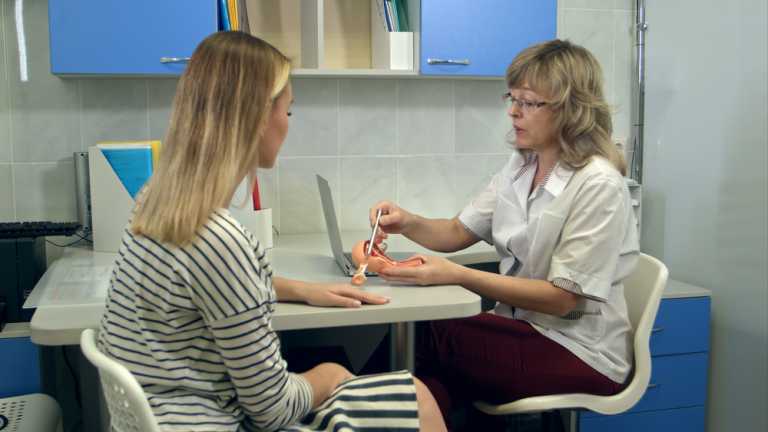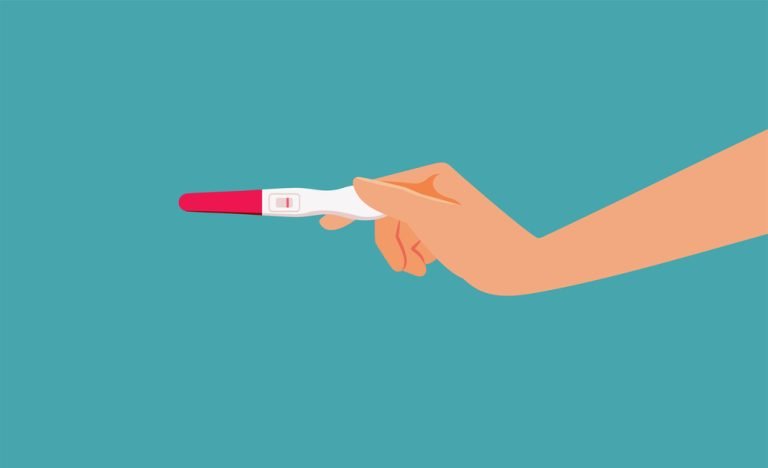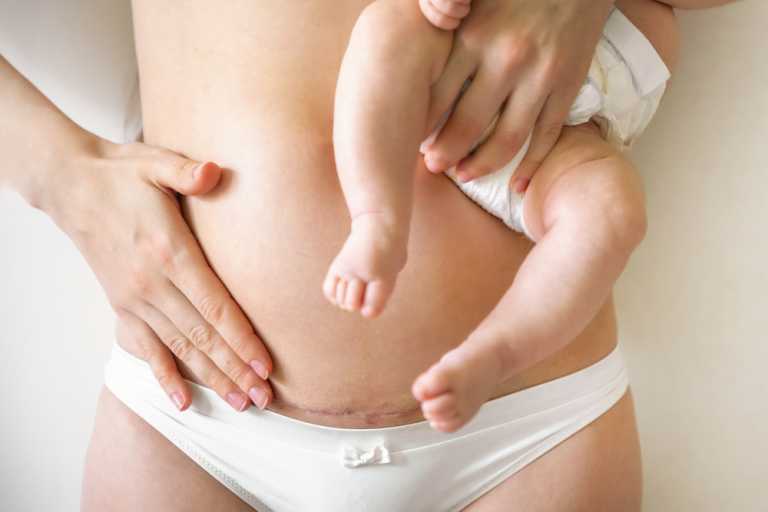When you are approaching the end of your pregnancy or have passed your due date, you might look for any way to start the labor process. You’re uncomfortable and ready to get the baby out as quickly and as safely as possible.
But does a warm bath help induce labor? Not really.
Plenty of old wives’ tales talk about how to bring on labor in the final days of pregnancy. Warm baths are typically on the list of things that might work, but science isn’t there to support it. While a warm bath might feel good by relaxing your muscles and giving your growing body some buoyancy, it will not necessarily induce labor.
Skip Any Hot Bath
First things first: check the temperature of the bath you’re about to take. While a warm bath can be soothing and supportive to your physical and mental health during pregnancy, a hot bath can be uncomfortable and dangerous.
A bath with too-hot water can raise your body’s temperature and even put your Baby in distress by reducing blood flow or causing other complications. You might also feel dizzy or lightheaded, increasing your risk of falling or fainting.
How hot is too hot? Go by feeling. If the water is so hot that you need to lower yourself in slowly to acclimate to the temperature, the water is likely too hot. You should also monitor how you feel while in the bath. If you start to feel lightheaded, sweaty, or nauseous, it’s best to get out carefully. Call for help if you want to ensure you safely get out without fainting or feeling dizzy.
Benefits of a Warm Bath During Pregnancy
Once you have a safe, warm water temperature, a bath can be just the trick for relieving the physical and mental health symptoms of pregnancy.
While warm baths are not scientifically proven to induce labor, a warm bath does increase relaxation, which your body can sometimes take as a sign that it is okay to begin the labor process.
Other benefits of warm baths during pregnancy can include:
- Muscle relaxation
- Release of oxytocin, a hormone linked to feeling “warm and fuzzy”, or relaxed. It is also a hormone that is naturally released during and after labor that can help contract the uterus.
- Increased mental relaxation
- Pain relief
- Feeling light and buoyant
- Stress relief
- Ease pressure from hemorrhoids
Warm water in a bath or shower is often used as an intervention during laboring for all of the above reasons. This is why some women labor in the shower or bath or choose to have a water birth.
Safe Bath Tips During Pregnancy
Besides ensuring a warm – not hot – water temperature, there are some other safety tips you should keep in mind while drawing a bath during pregnancy:
- Double-check your bubble bath or bath bombs. While most companies use natural ingredients that will not be dangerous during pregnancy, you’ll want to consult with your healthcare provider before dropping in bubble bath oil or bath bombs into the tub.
- Epsom salts are typically safe during pregnancy baths but always check with your doctor or midwife first. Once you are cleared, don’t stay in the tub longer than 15 minutes.
- While it might feel like you could soak in the tub all day, try to limit any bath during pregnancy to 10–15 minutes.
- Set up your towel, robe, or anything else you need after your bath near the tub before you get in. This way, you won’t have to cross the bathroom while wet, which can increase the risk of falling.
- Skip hot tubs as water is typically too hot for you and baby to remain safe and comfortable.
- If you feel overheated when you get out of the bath, consider rinsing with a cool (not cold) shower.
- If you’ve ever felt lightheaded or dizzy after a bath, consider only taking one when someone else is in the home and can help if needed.
What Science Says About How to Safely Induce Labor
When you’re feeling very pregnant and uncomfortable in the final days approaching your due date, you will likely try almost anything to soften the cervix and prepare your body to welcome labor. Here are some other common ways you might safely induce labor and what science says about each one.
Sex
Perhaps the most common tip for inducing labor is to start with how pregnancy started: with a romp with your partner. Research shows that sex can lead to the ripening of the cervix, preparing it for labor.
Semen plays a key part as well. Sperm has a high amount of prostaglandin, which can lead to labor if the body and baby are ready. Because prostaglandin can lead to uterine contractions, your doctor might tell you not to have sex if you are at risk for early labor or have other conditions.
Spicy Food
If you’re ready for the baby’s arrival, does ordering your favorite spicy food jumpstart the labor process? Maybe, but you’re more likely to get a tummy ache first. Spicy food can cause some gastrointestinal distress, which might cause contractions in the uterus, but only if the body and baby are ready to go.
Nipple Stimulation
Massaging your nipples can lead to your body producing more oxytocin, a hormone associated with labor and starting contractions. But be careful. You don’t want to use nipple stimulation if you are already in labor and your contractions are less than 3 minutes apart. Similarly, you don’t want nipple stimulation sessions to go too long. Stick with stopping at 15 minutes to see how you feel. Be sure to check with your healthcare provider before you try nipple stimulation massage as well.
Exercise
You might have heard friends or family say they “walked their babies out”. Walking is an excellent way to prepare your body for labor, as it is low impact and shifts the baby’s weight around, which relaxes pelvic muscles and can lead to cervix ripening. Beyond walking, you can also sit and lightly bounce on an exercise ball. This approach can open the pelvis, relax the muscles, and even encourage blood flow to the uterus and cervix, which can lead to labor.
Patience
This one is hard to hear, especially if you are uncomfortable, but your body will not start labor until it is ready and until the baby is ready. For some women, this means waiting past the initial due date set by your doctor or midwife. However, a little patience can go a long way in mentally and physically preparing yourself for labor.




